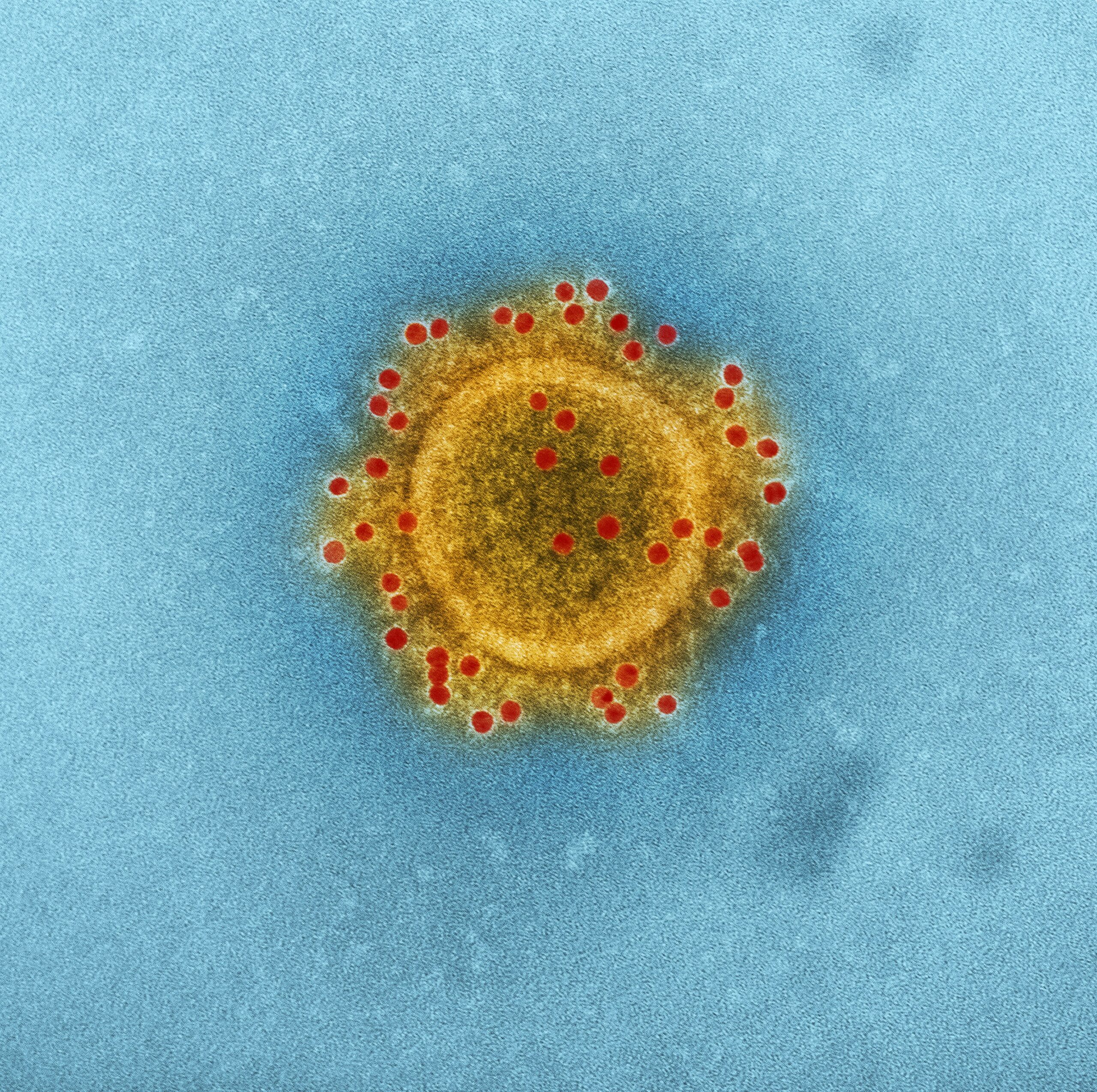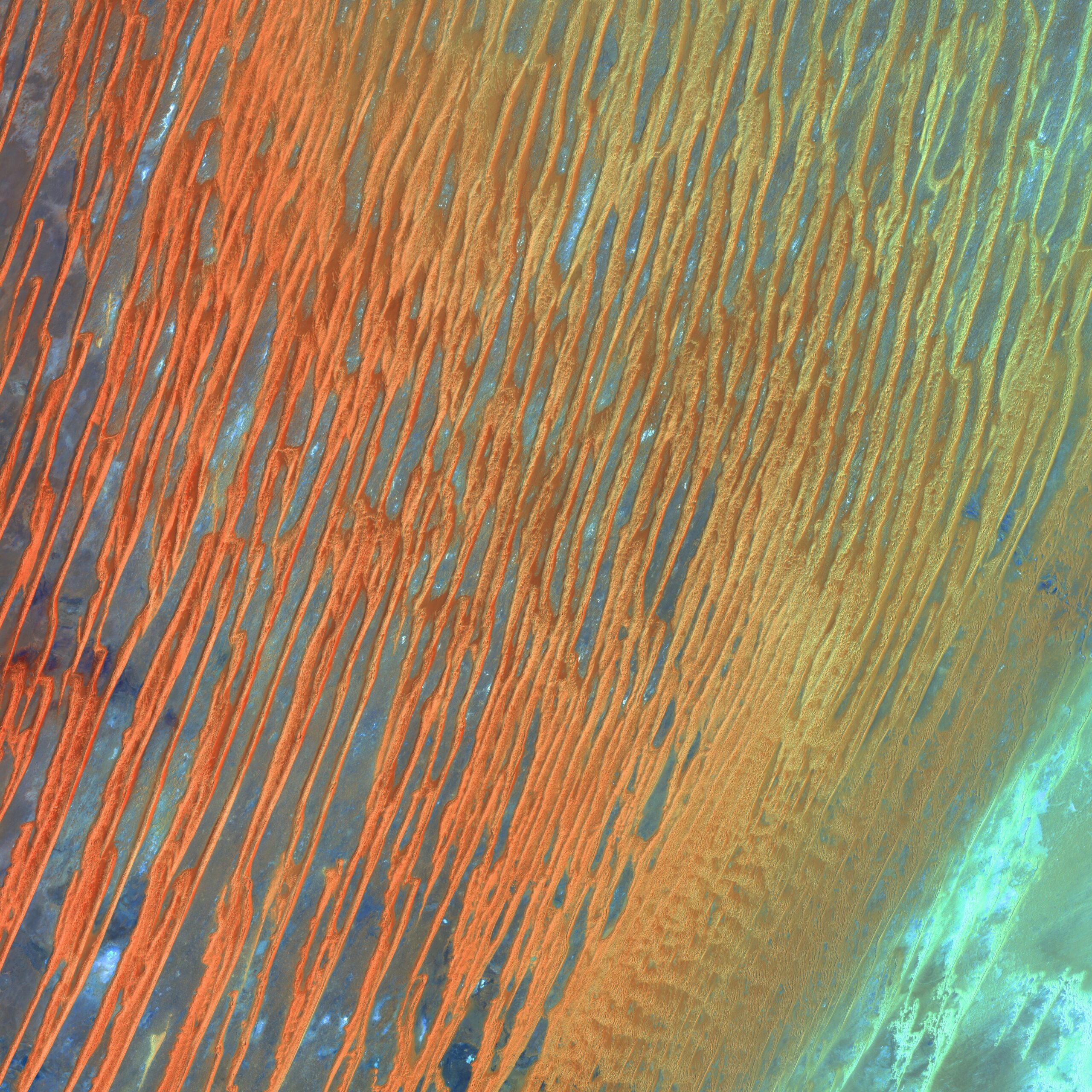Today, we’re going to explore a topic that is both intriguing and sobering: the long-term effects of frostbite. While frostbite may seem like just a temporary inconvenience, it can have lasting consequences that can significantly impact your life. From nerve damage to tissue loss, understanding the potential implications of frostbite is crucial for anyone living or working in cold climates. So, let’s dive into this chilling subject and discover the hidden dangers that frostbite can unleash on your body.

Physical Effects
Loss of sensation
One of the long-term effects of frostbite is the loss of sensation in the affected areas. This occurs due to the damage caused to the nerves, which interferes with the transmission of signals between the skin and the brain. As a result, you may find it difficult to feel touch, pressure, or temperature changes in these areas.
Nerve damage
Frostbite can also lead to nerve damage, which can have serious implications on your overall sensory function. The freezing temperatures can cause the nerves to become damaged or even destroyed, resulting in numbness, tingling, or shooting pain in the affected areas. This nerve damage can significantly impact your daily life and mobility.
Skin discoloration
Another physical effect of frostbite is skin discoloration. The affected skin may take on a blotchy appearance, ranging from pale or white to blue or purple. This discoloration occurs due to the constriction of blood vessels in response to the cold temperatures. Over time, the skin may develop a mottled or patchy texture, which can be a constant visual reminder of the frostbite episode.
Skin and tissue death
In severe cases of frostbite, the skin and underlying tissues may undergo necrosis, or tissue death. This occurs as a result of the prolonged exposure to freezing temperatures, which deprives the tissues of adequate blood supply. As a result, the affected areas may become black, dry, and completely devoid of feeling. In some cases, surgical intervention such as amputation may be necessary to remove the dead tissue and prevent complications.
Sensory Effects
Persistent pain
Long-term frostbite can cause persistent pain in the affected areas. This pain may vary in intensity, ranging from a dull ache to sharp, stabbing sensations. The nerve damage caused by frostbite can lead to abnormal or exaggerated pain responses, making even gentle touch or temperature changes unbearable. Managing this chronic pain can be challenging and may require a multidisciplinary approach involving medical professionals, physical therapists, and pain management specialists.
Increased sensitivity to cold
An unfortunate consequence of frostbite is an increased sensitivity to cold temperatures. Even after the initial recovery, the affected areas may remain more susceptible to the cold, causing discomfort and pain. Exposure to even mildly cold temperatures can trigger intense sensations of cold and cause discomfort. Protecting these areas with warm clothing and staying mindful of temperature changes are crucial in managing this increased sensitivity.
Numbness or tingling
Numbness and tingling sensations are common long-term effects of frostbite. The nerve damage caused by freezing temperatures can disrupt the normal signals from the affected areas, leading to altered or decreased sensation. Numbness and tingling can significantly affect your ability to perform everyday tasks, such as gripping objects or sensing changes in your environment. Rehabilitation and sensory retraining techniques may be necessary to regain some degree of sensation and functionality.
Functional Impairment
Joint stiffness
Frostbite can result in joint stiffness, making it challenging to move the affected limbs freely. The freezing temperatures can cause inflammation and swelling in the joints, leading to decreased range of motion and discomfort. Physical therapy and exercises focused on joint mobility can help alleviate the stiffness and improve your ability to perform daily activities.
Limited range of motion
Aside from joint stiffness, frostbite can also cause a limited range of motion in the affected areas. This can make simple tasks like grasping, walking, or reaching overhead difficult or even impossible. Rehabilitation exercises, including stretching and strengthening, can help increase the range of motion and improve overall functionality.
Muscle weakness
Muscle weakness often accompanies frostbite, especially in more severe cases. The lack of blood flow to the affected areas can result in muscle atrophy and weakness. Restoring muscle strength through targeted exercises, under the guidance of a physical therapist, is essential to regain functional independence and prevent further complications.
Psychological Impact
Anxiety and depression
Frostbite can have a significant psychological impact, leading to feelings of anxiety and depression. Dealing with the physical changes, chronic pain, and functional limitations can be emotionally challenging. The scars and disfigurement resulting from frostbite may also affect self-esteem and body image. It is important to seek support from mental health professionals, friends, and family to address these emotional struggles.
Post-traumatic stress disorder
In severe cases of frostbite or traumatic experiences associated with the condition, individuals may develop post-traumatic stress disorder (PTSD). The traumatic event and its consequences can trigger intrusive memories, nightmares, and heightened anxiety. Treatment options for PTSD, such as therapy and medication, can help individuals cope with the psychological aftermath of frostbite.

Skin and Tissue Complications
Gangrene
Gangrene is a severe complication that can arise from frostbite. It occurs when the tissues, deprived of blood supply, start to decay and die. The affected areas may become black, foul-smelling, and appear infected. Rapid medical intervention, such as surgical debridement or amputation, is often necessary to prevent the spread of gangrene and save the individual’s life.
Ulcers
Chronic frostbite can lead to the formation of ulcers or open sores on the affected skin. These ulcers are slow to heal and are prone to infection. Proper wound care, including regular cleaning and dressing changes, is crucial to prevent complications and promote healing.
Infections
Infections can be a significant concern for individuals with frostbite, especially if the skin remains compromised or if ulcers are present. The damaged skin is more susceptible to bacterial or fungal infections, which can further complicate the healing process and potentially lead to sepsis. Prompt medical attention and diligent wound care are essential to mitigate the risk of infections.
Recurring Symptoms
Cold sensitivity
Even after healing, individuals who have experienced frostbite may continue to experience cold sensitivity in the affected areas. Exposure to cold temperatures can cause pain, numbness, and tingling sensations, similar to the initial frostbite episode. Protective measures, such as layering clothing, using hand warmers, or avoiding extreme cold, are necessary to minimize discomfort.
Chilblains
Chilblains, also known as pernio, are small, itchy, and painful bumps that can develop on the skin after exposure to cold temperatures. They are a common recurring symptom in individuals with a history of frostbite. Chilblains typically appear on the extremities, such as the fingers and toes, and can be triggered by even mild cold exposure. Wearing warm, dry socks and gloves and keeping the affected areas properly moisturized can help manage chilblains.

Chronic Pain
Nerve pain
Nerve pain, also known as neuropathic pain, is a common long-term effect of frostbite. Damaged nerves can send abnormal pain signals to the brain, resulting in chronic, debilitating pain. Medications specifically targeting nerve pain, physical therapy, and alternative pain management techniques, such as nerve blocks and transcutaneous electrical nerve stimulation (TENS), may be employed to help individuals cope with this persistent pain.
Phantom limb pain
For individuals who have undergone amputation due to severe frostbite, phantom limb pain can be a distressing and long-lasting complication. The brain continues to send signals to the missing limb, resulting in sensations of pain, tingling, or discomfort. Various treatment options, including medication, physical therapy, and psychological interventions, can help alleviate phantom limb pain and improve quality of life.
Vascular Disorders
Raynaud’s phenomenon
Raynaud’s phenomenon is a condition characterized by exaggerated vasoconstriction (narrowing of blood vessels) in response to cold temperatures or emotional stress. Individuals with a history of frostbite are more likely to develop Raynaud’s phenomenon. During an episode, the affected fingers or toes can turn white or blue, become extremely cold, and then turn red as blood flow is restored. Lifestyle measures, such as keeping warm and avoiding triggers, along with medication, can help manage the symptoms of Raynaud’s phenomenon.
Frostnip
Frostnip is a milder form of frostbite that primarily affects the superficial layers of the skin. It often precedes frostbite and serves as a warning sign. The skin may appear pale, feel numb or tingly, and become red and swollen as it rewarms. Although frostnip doesn’t typically cause permanent damage, it highlights the need for immediate intervention to prevent the progression to frostbite. Proper rewarming, protecting the skin from further exposure, and seeking medical attention are crucial steps in managing frostnip.
Amputation
Severe frostbite cases
In the most severe frostbite cases, amputation may be necessary due to the irreversible tissue damage. Frostbite can extend deep into the tissues, affecting muscles, tendons, and bones. Despite medical interventions, if the tissues cannot heal or if there is a risk of life-threatening complications such as gangrene or infection, amputation may be the only option to restore functionality and prevent further health risks.
Irreversible tissue damage
Irreversible tissue damage is one of the most devastating outcomes of severe frostbite. Frostbite can permanently destroy the affected tissues, leading to disfigurement and loss of function. This irreversible damage can significantly impact an individual’s physical abilities, body image, and overall quality of life. Rehabilitation, counseling, and support from healthcare professionals and loved ones are essential in helping individuals adapt to their new circumstances.
Social and Emotional Consequences
Body image issues
The physical changes resulting from frostbite can lead to body image issues and decreased self-esteem. Scarring, discoloration, and the loss of fingers or toes may alter an individual’s appearance, which can cause feelings of self-consciousness and reduce confidence. Supportive social networks, counseling, and body-positive strategies can help individuals navigate and accept their changed physical appearance.
Challenges in daily activities
Frostbite can present daily challenges in various activities. Simple tasks like buttoning a shirt, tying shoelaces, or gripping objects may become significantly more difficult due to decreased sensation, limited range of motion, or muscle weakness. Adaptive strategies, assistive devices, and occupational therapy can assist in overcoming these challenges and restoring independence in daily activities.
Loss of independence
For some individuals, frostbite can result in a loss of independence, especially if the damage is extensive or amputation is necessary. Activities that were once effortless may now require assistance or modifications. Adapting to these changes and seeking support from healthcare professionals, loved ones, and community resources can help individuals regain a sense of control and independence in their lives.
In conclusion, the long-term effects of frostbite are multifaceted and can have a significant impact on an individual’s physical, sensory, psychological, and social well-being. Understanding these effects and seeking appropriate medical care, rehabilitation, and emotional support are crucial in managing and adapting to the long-term consequences of frostbite. Although the journey may be challenging, with the right resources and support, individuals can regain functionality, embrace their changed bodies, and continue to lead fulfilling lives.
